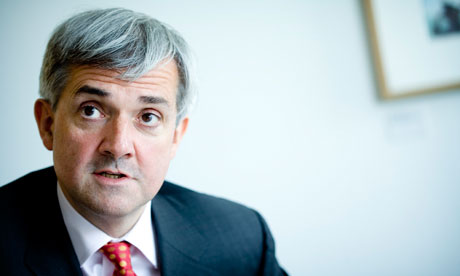Crude oil rose after a U.S. government report showed supplies fell the most since 2002, imports fell and refiners boosted fuel production.
Inventories fell 9.85 million barrels to 346 million last week, the Energy Department said. The stock is expected to decline from 2.5 million barrels. Imports fell 15 percent to 7.69 million barrels, the lowest level since September 2008. Refineries operated at 88 percent capacity, the highest since September.
"The numbers are striking oil," said Andre Julian, chief financial officer and senior market strategist OpVest Wealth Management in Irvine, California. "The short-term shortage of oil in the U.S. is forming. The prices could easily reach $ 100 by the end of the year on the basis of this report."
Crude oil for January delivery rose 71 cents, or 0.8 percent, to $ 88.99 a barrel at 10:52 am at the New York Mercantile Exchange. Futures traded at $ 87.89 a barrel before the publication of the report at 10:30 am in Washington.
Crude also rose after U.S. industrial production increased more than expected in November, indicating factories to support economic growth in the country's largest oil consuming world.
Production factories, mines and utilities rose 0.4 percent after a revised decline of 0.2 percent in October, Federal Reserve figures showed today in Washington. Economists forecast a 0.3 percent gain, according to the median of 75 estimates in a survey.
Manufacturing in the New York region recovered more than expected in December after contracting for the first time in over a year, a report by the New York Federal Reserve also showed today. The bank's general economic index rose to 10.6 from minus 11.1 in November. Readings greater than zero signal growth in New York, northern New Jersey and southern Connecticut.
Inventories fell 9.85 million barrels to 346 million last week, the Energy Department said. The stock is expected to decline from 2.5 million barrels. Imports fell 15 percent to 7.69 million barrels, the lowest level since September 2008. Refineries operated at 88 percent capacity, the highest since September.
"The numbers are striking oil," said Andre Julian, chief financial officer and senior market strategist OpVest Wealth Management in Irvine, California. "The short-term shortage of oil in the U.S. is forming. The prices could easily reach $ 100 by the end of the year on the basis of this report."
Crude oil for January delivery rose 71 cents, or 0.8 percent, to $ 88.99 a barrel at 10:52 am at the New York Mercantile Exchange. Futures traded at $ 87.89 a barrel before the publication of the report at 10:30 am in Washington.
Crude also rose after U.S. industrial production increased more than expected in November, indicating factories to support economic growth in the country's largest oil consuming world.
Production factories, mines and utilities rose 0.4 percent after a revised decline of 0.2 percent in October, Federal Reserve figures showed today in Washington. Economists forecast a 0.3 percent gain, according to the median of 75 estimates in a survey.
Manufacturing in the New York region recovered more than expected in December after contracting for the first time in over a year, a report by the New York Federal Reserve also showed today. The bank's general economic index rose to 10.6 from minus 11.1 in November. Readings greater than zero signal growth in New York, northern New Jersey and southern Connecticut.





